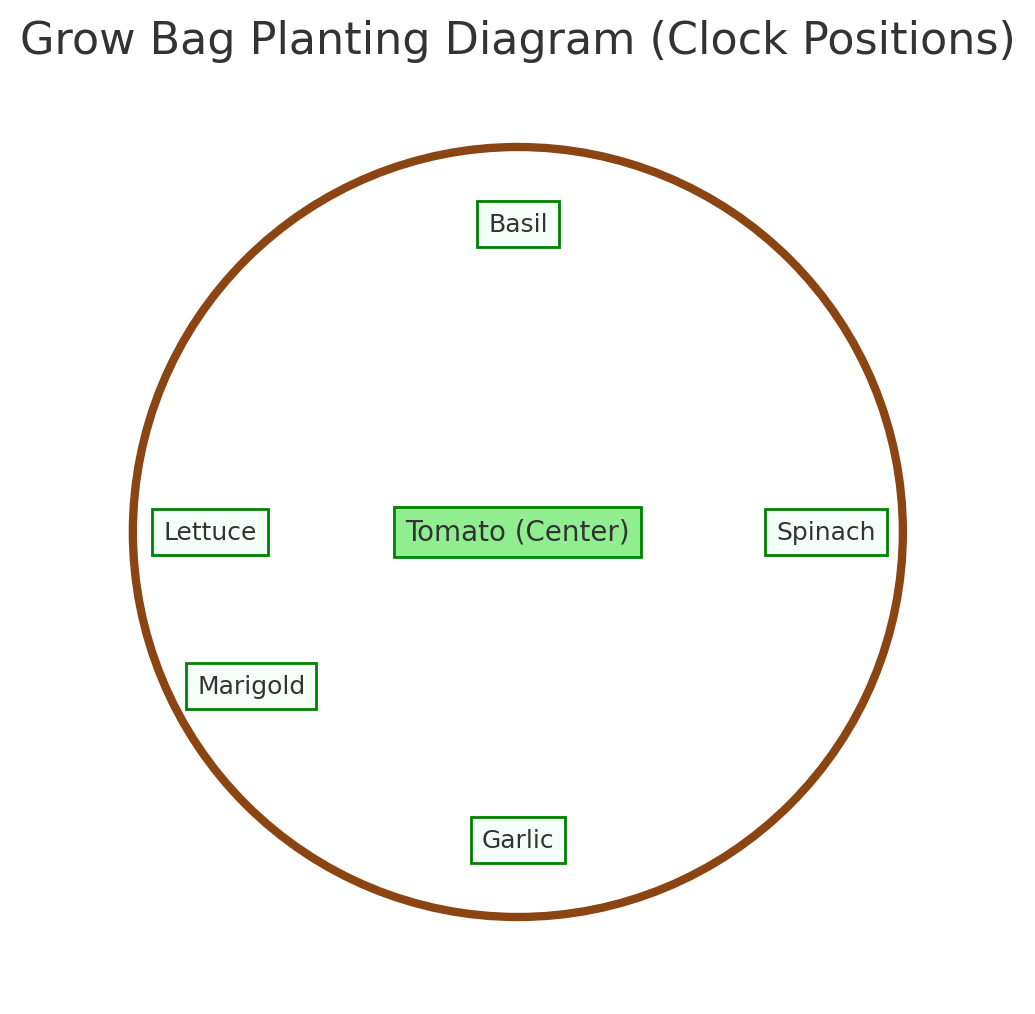🌱 What Is Companion Planting?
Companion planting is the thoughtful practice of growing certain plants together so they can help each other thrive. Just like people, plants have relationships—some are nurturing neighbors, and some are… not so neighborly.
Instead of planting in isolated rows or random clusters, companion planting is a method that looks at how plants interact. It’s a natural way to encourage healthy growth, attract pollinators, deter pests, and maximize space—especially in small gardens like ours.
🌼 The Purpose Behind Companion Planting
At its heart, companion planting is about creating harmony in the garden. When you pair the right plants, you’re mimicking nature’s ecosystem—where no plant grows alone and everything works together.
Think of it as community care for your vegetables. Some plants attract helpful bugs, others protect their neighbors from pests, and some enrich the soil with nutrients. It’s gardening with intention.
✅ Benefits of Companion Planting
Here’s why so many gardeners (myself included!) swear by it:
🐞 1. Natural Pest Control
Certain plants, like marigolds and basil, can help repel unwanted bugs or attract beneficial ones like ladybugs and pollinators.
🥕 2. Better Growth & Flavor
Some companions, like basil and tomatoes, actually help each other taste better and grow stronger.
🌿 3. Efficient Use of Space
Mixing leafy greens, root vegetables, and climbers can allow you to grow more in small spaces, perfect for raised beds or grow bags.
🌱 4. Healthier Soil
Beans and peas add nitrogen to the soil, naturally enriching it for heavy feeders like corn or squash.
🌸 5. Biodiversity = Resilience
More plant diversity can lead to stronger gardens with fewer problems, even in unpredictable weather (hello, Ohio!).
❌ Are There Downsides?
Yes—like any gardening method, companion planting isn’t a magic fix. A few things to keep in mind:
-
It takes planning. You need to know which plants do and don’t get along. (That’s why I made a guide for Zone 6b gardeners—you’re welcome!)
-
Timing matters. Some companions grow at different speeds, which can crowd or shade slower-growing plants.
-
It’s not foolproof. Even the best plant pairs won’t stop every pest or guarantee a bumper crop. But it helps!
🪴 Final Thought: Grow Together
Gardening is all about learning. Companion planting reminds us that plants—like people—do better in community. When you grow with intention, your garden becomes more than just productive. It becomes connected.
Want to know what to plant in my zone? click here: Zone_6b_Planting_Schedule
Let’s grow wisely, and let’s grow together.


1 Comment
Erica Young
I’m so happy you are up and running! I would love to have you help me lay out my new garden soon. My seedlings are flourishing and I have seeds galore! I like companion planting because it gives me multiple harvests from one garden!